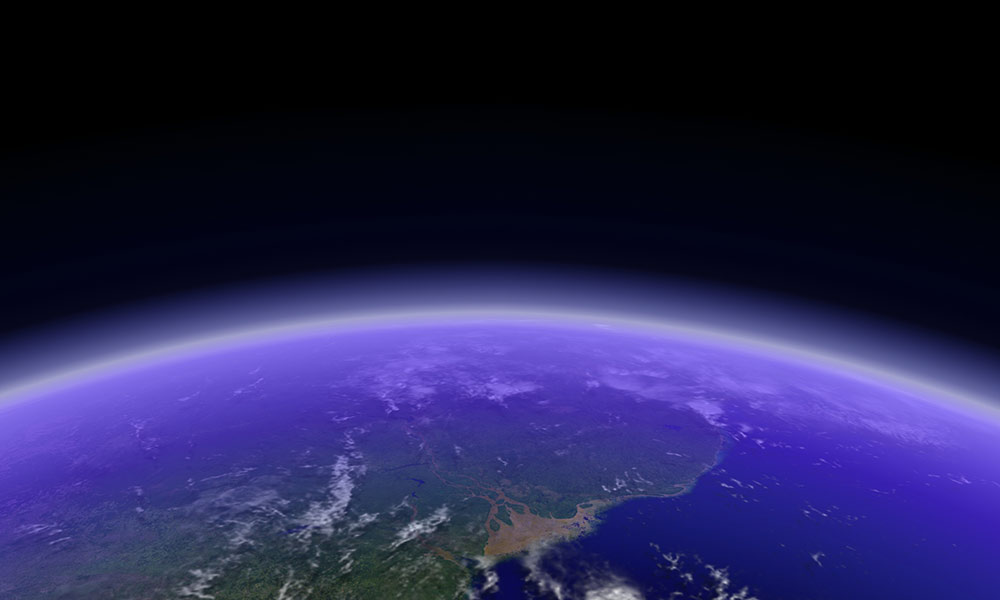
Ancient ozone levels provide a glimpse into future effects of climate change
A computer model developed at Rochester, and used to compare model data to analysis on 100,000-year-old Greenland ice cores, has shown a surprising result.
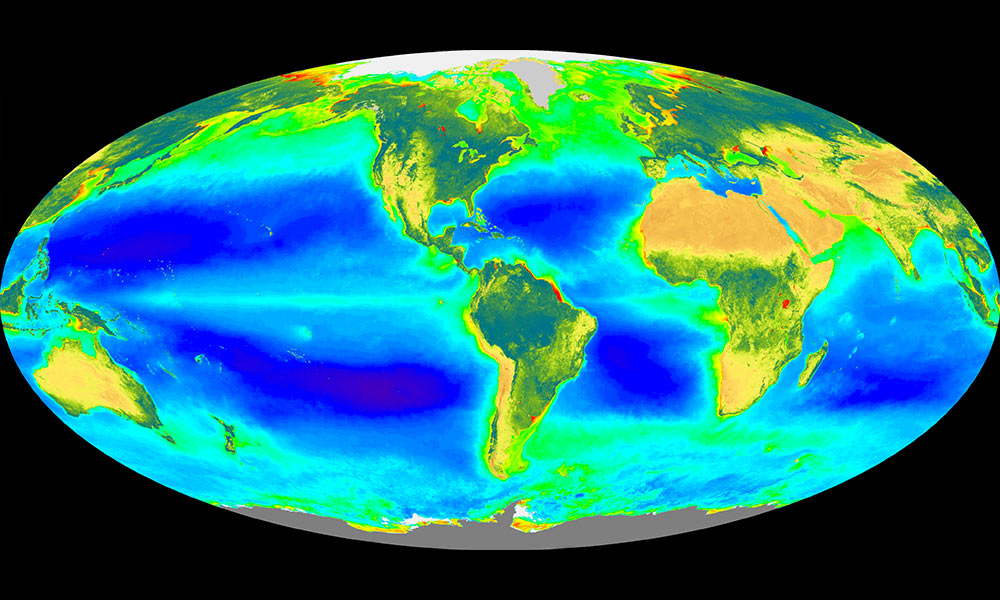
Using data science to understand global climate systems
Climate scientists and computer scientists are working together to understand what drives the global climate system—from deep in the ocean to high in the sky.
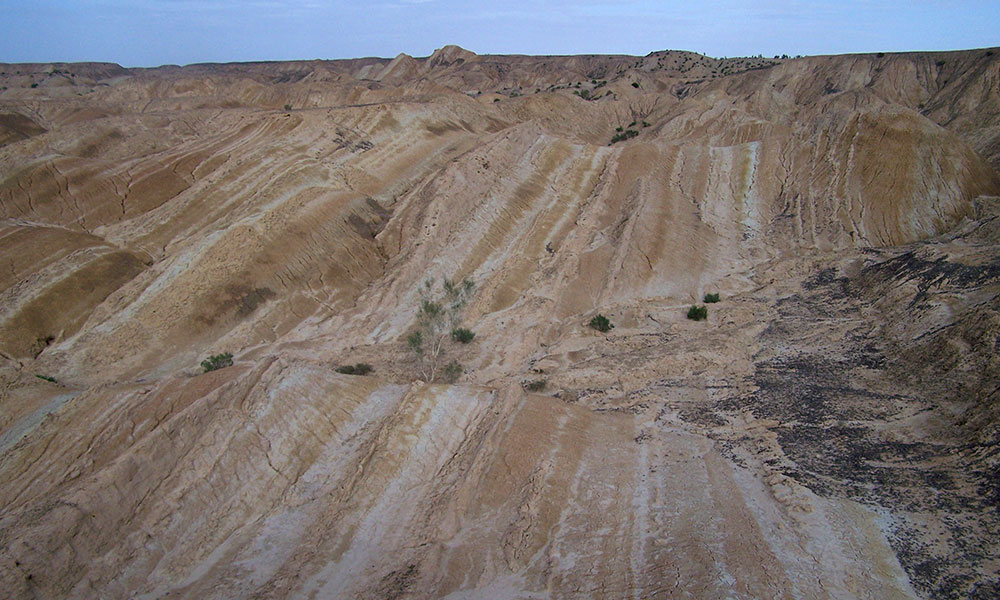
Tibet sediments reveal climate patterns from millions of years ago
The Tibetan Plateau in China experiences some of the most extreme weather patterns on Earth, making it an ideal location for Rochester climate scientists to student the complex web of global climate patterns.

Tarduno awarded medal for paleomagnetic research
The European Geosciences Union awarded its 2017 Petrus Peregrinus Medal to John Tarduno, a professor of geophysics, in recognition of his research on the evolution of the early Earth’s magnetic field.
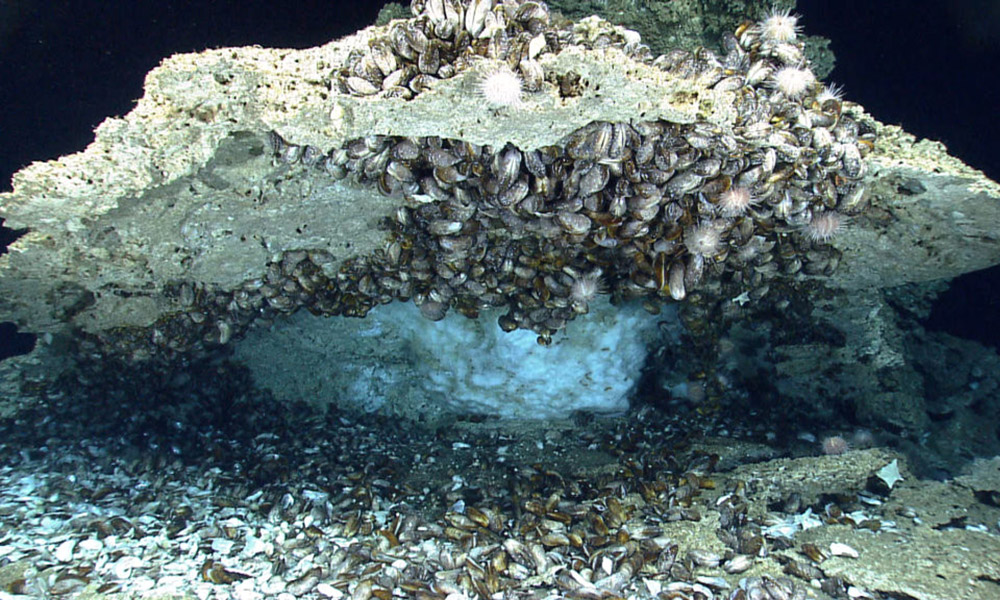
Gas hydrate breakdown unlikely to cause massive greenhouse gas release
A recent interpretive review of scientific literature performed by researchers at the U.S. Geological Survey and here at Rochester pays particular attention to gas hydrates beneath the Arctic Ocean.
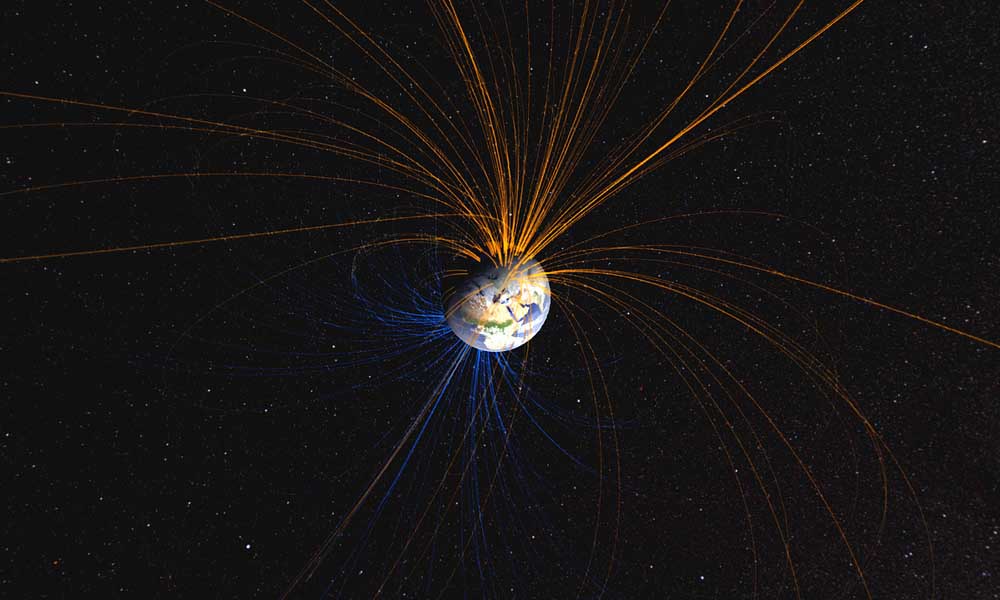
Earth’s magnetic field—reversing or fluctuating?
For the last 160 years, the Earth’s magnetic field has been weakening. In an essay shared on Newsweek, professor John Tarduno explains archaeomagnetism research, in which geophysicists team up with archaeologists to study the effects of these changes.

New prehistoric bird species discovered
A team of Rochester geologists has discovered a new species of bird in the Canadian Arctic. At approximately 90 million years old, the bird fossils are among the oldest avian records found in the northernmost latitude.
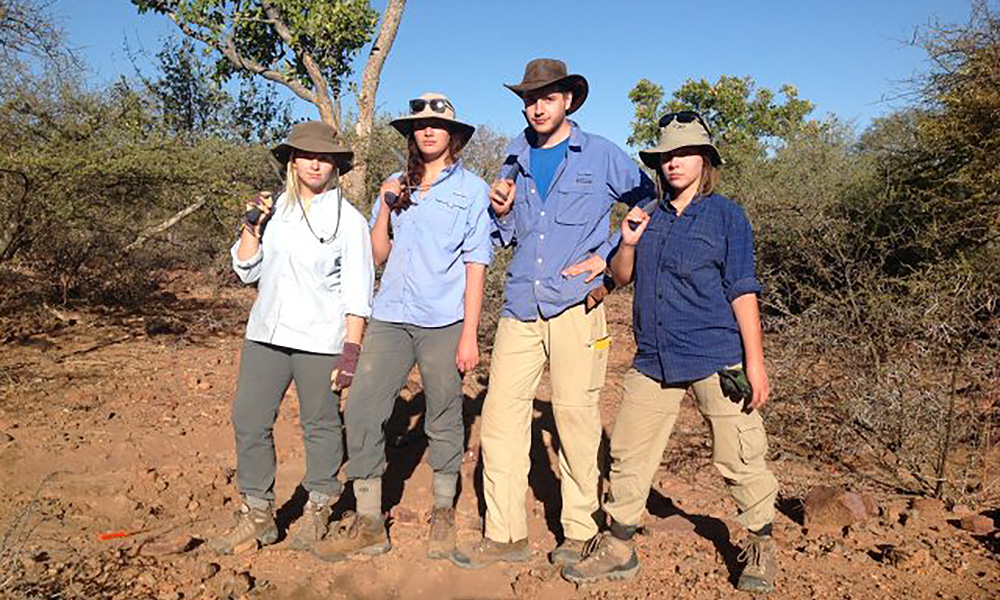
Searching for more insights on Earth’s magnetic field
Geophysicist John Tarduno has taken a group of students to Africa and Australia this summer to continue his groundbreaking work on the strength and direction of Earth’s magnetic field. The students are live-tweeting from their research sites, sending photos from the field.

Fate of marine carbon confirms importance of polar oceans
A new study shows that the polar seas are much better than other regions of the ocean at trapping carbon from marine plankton.

Robert Poreda honored as fellow of Geological Society of America
Geochemist Robert Poreda, professor of earth and environmental sciences and an expert in the field of noble gases, was honored earlier this month as a newly elected fellow of the Geological Society of America (GSA).
